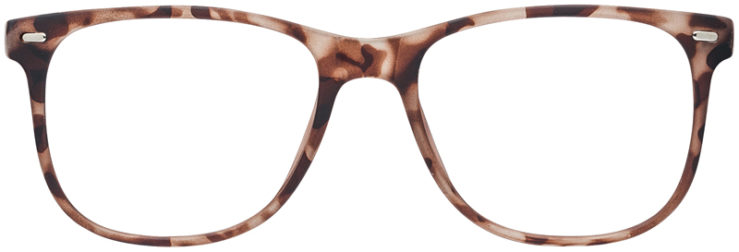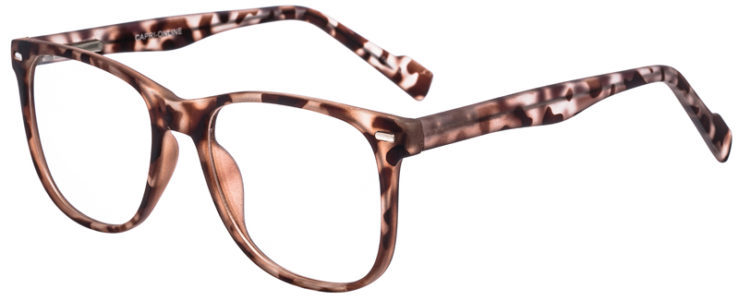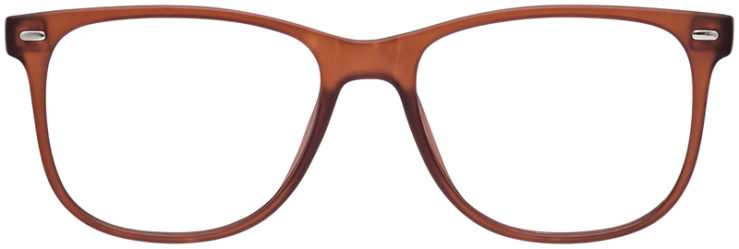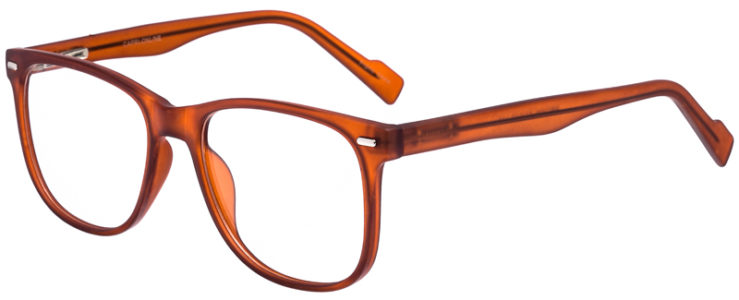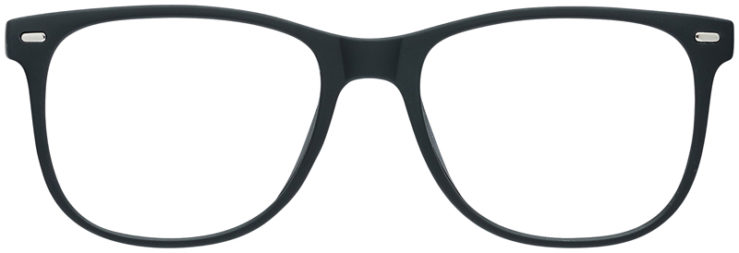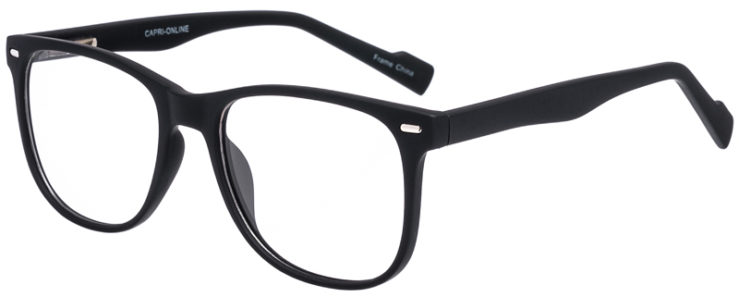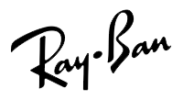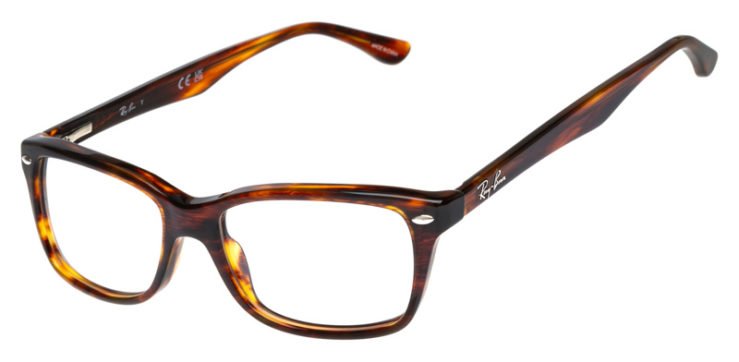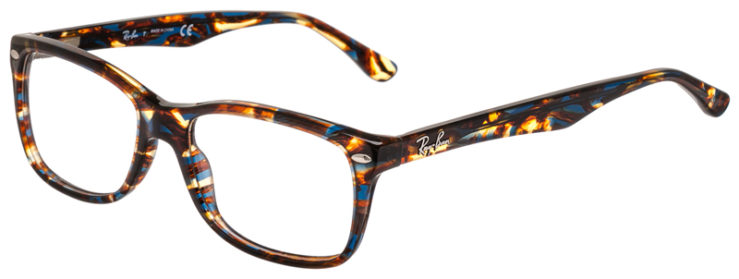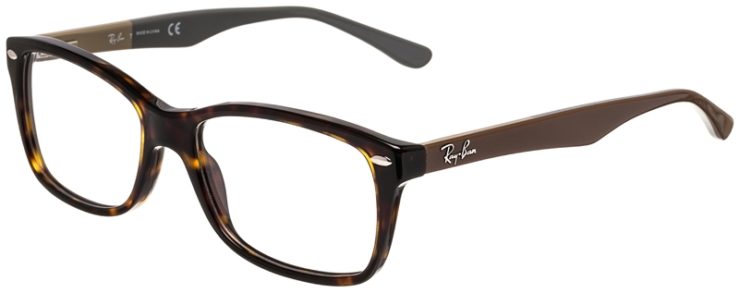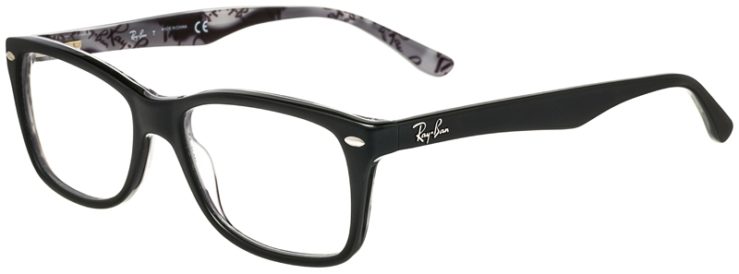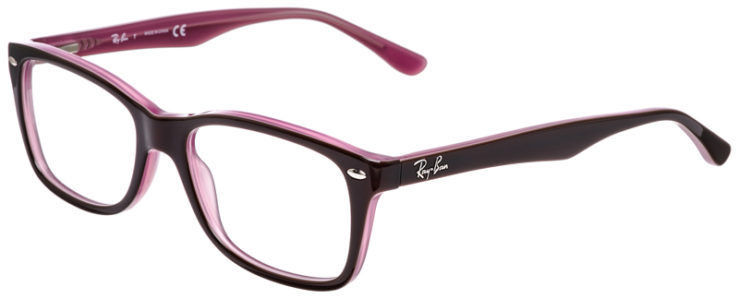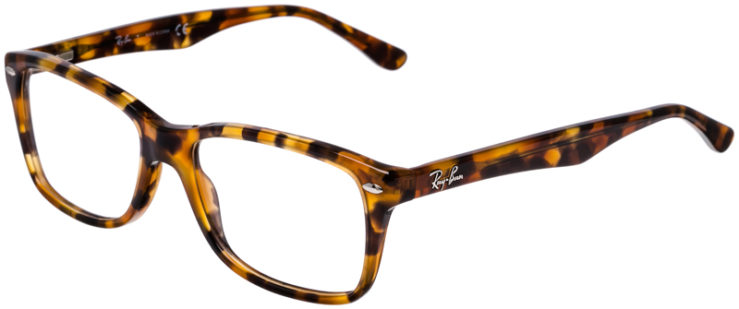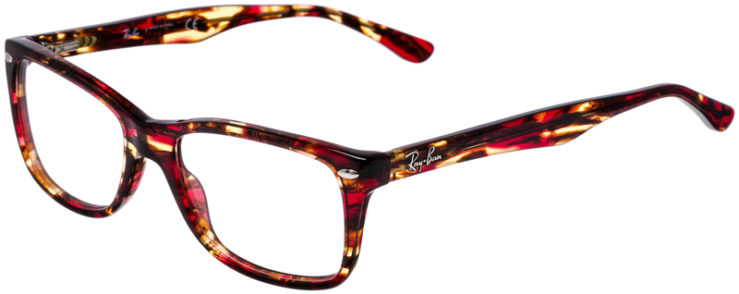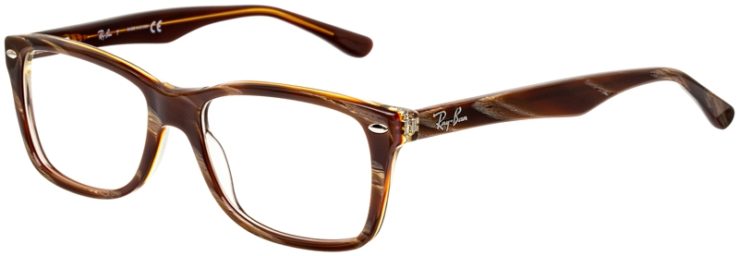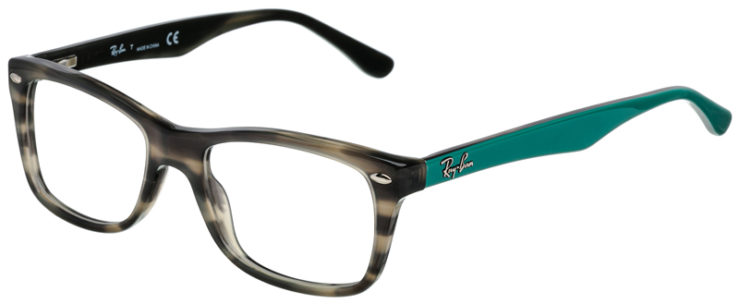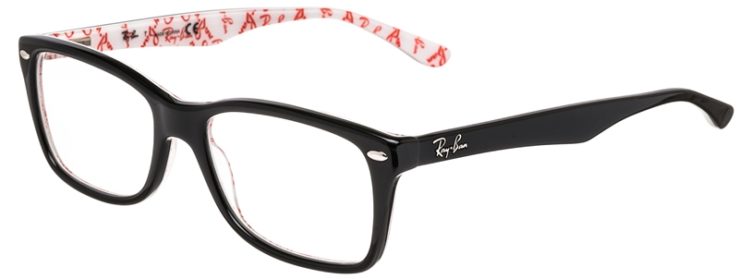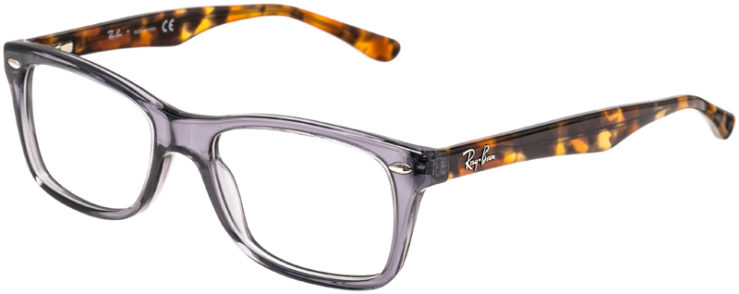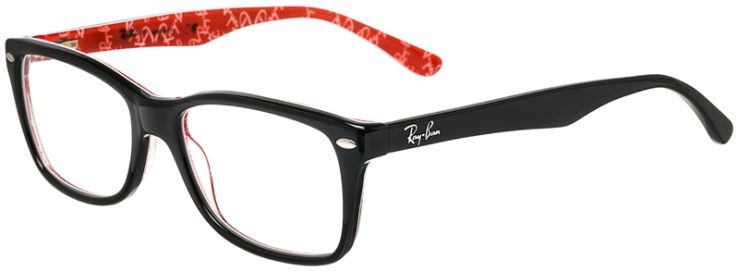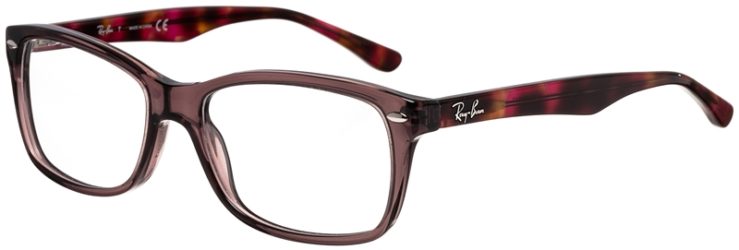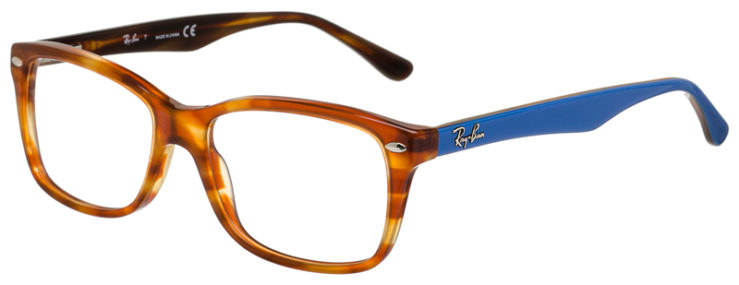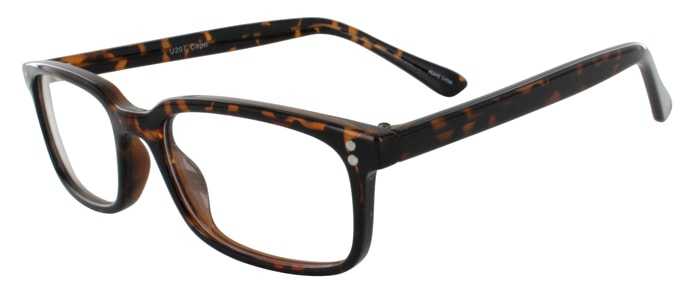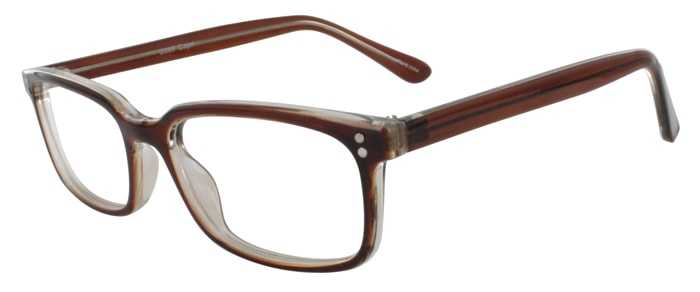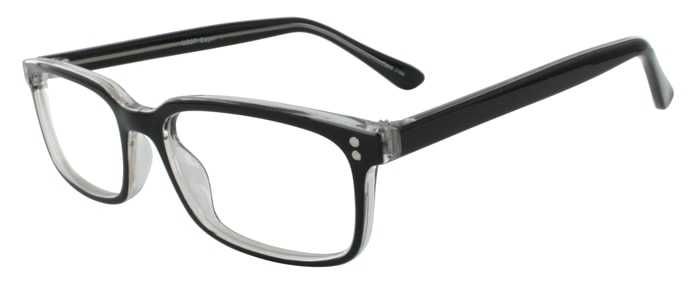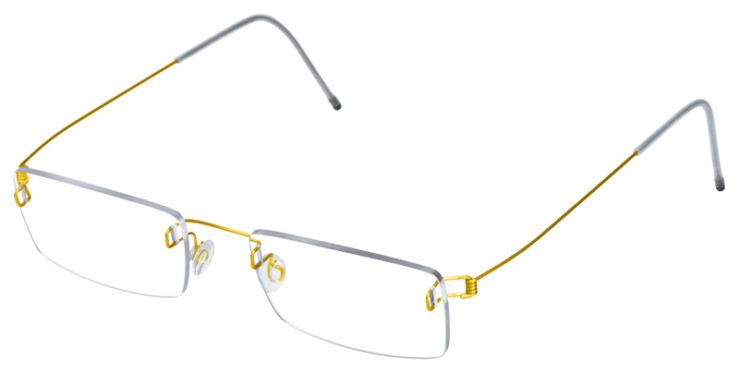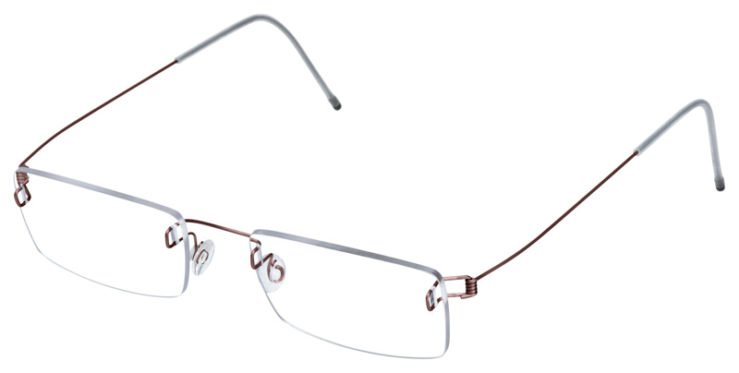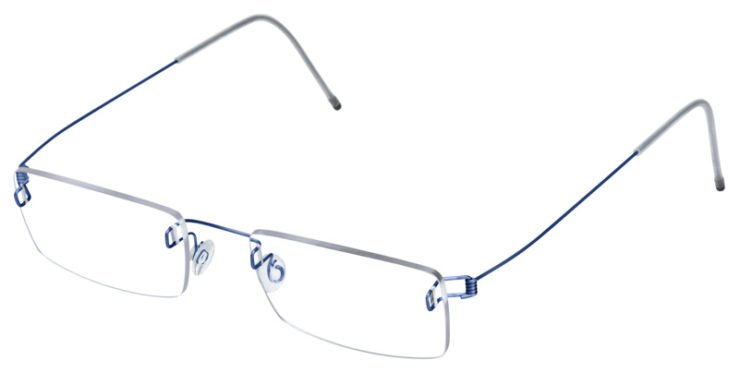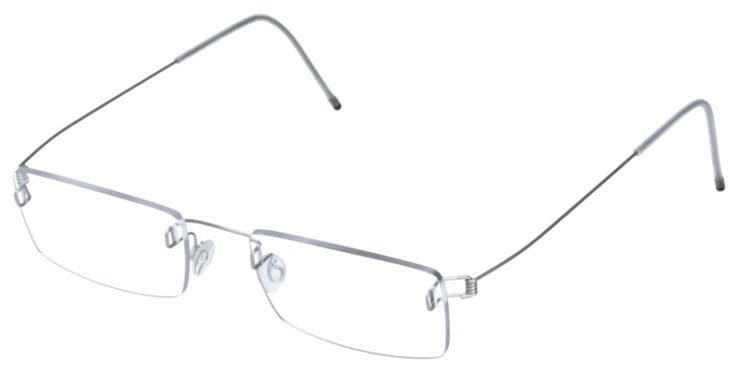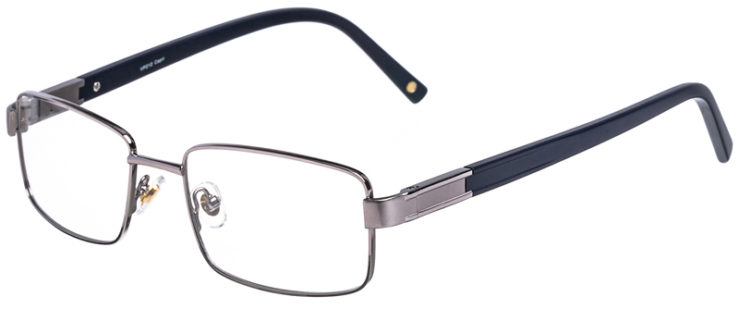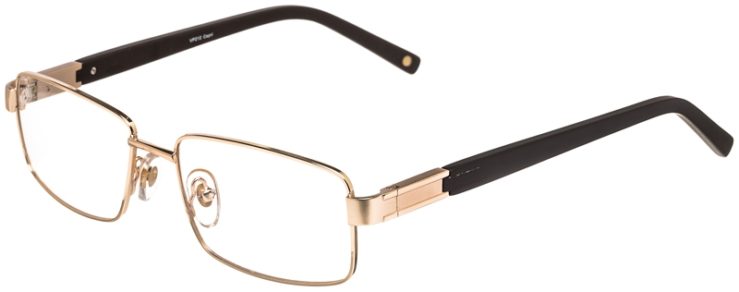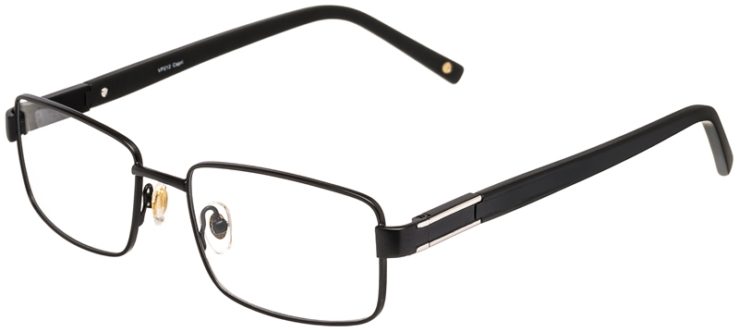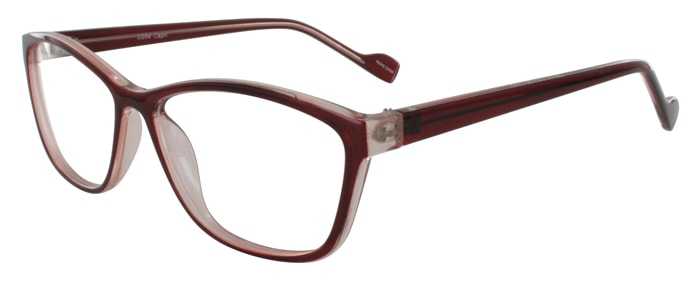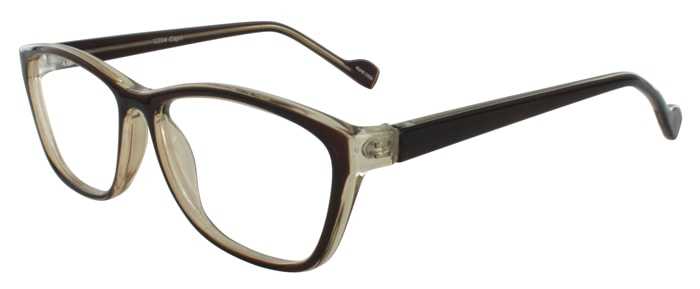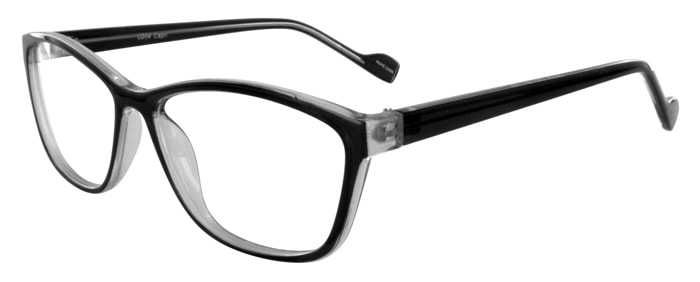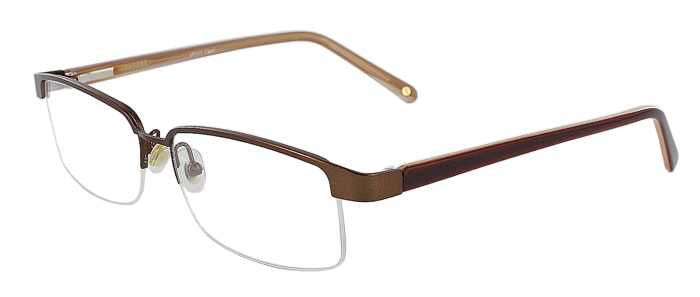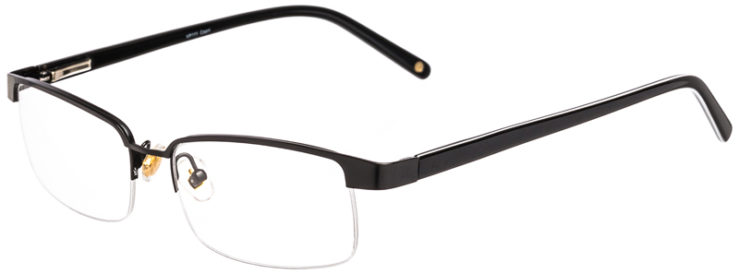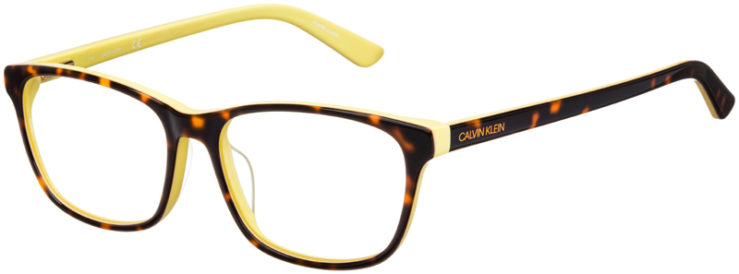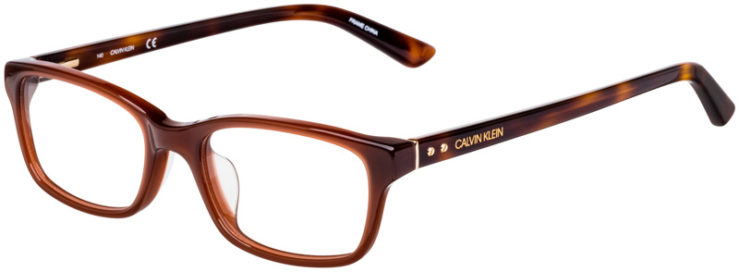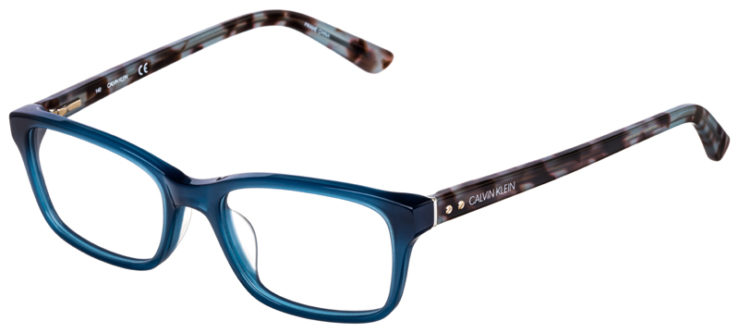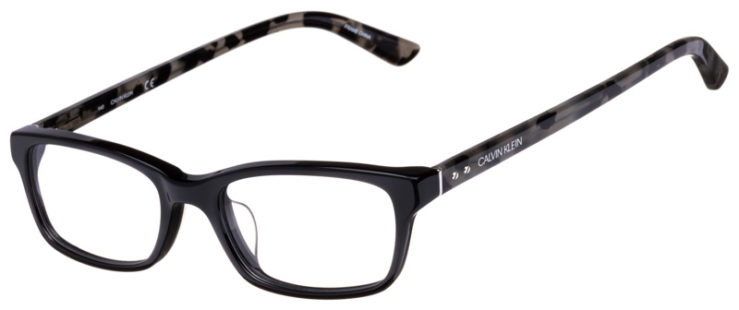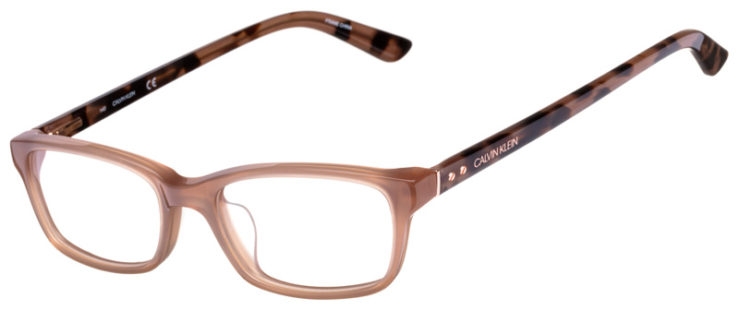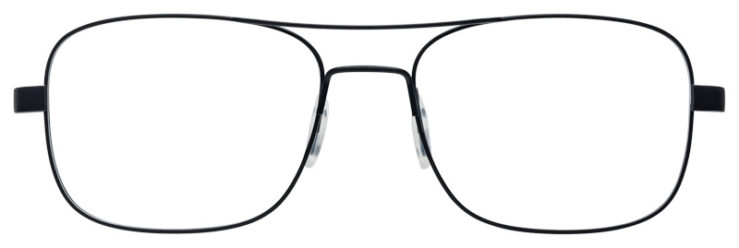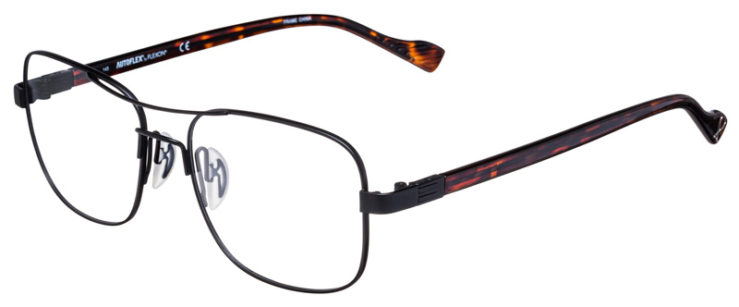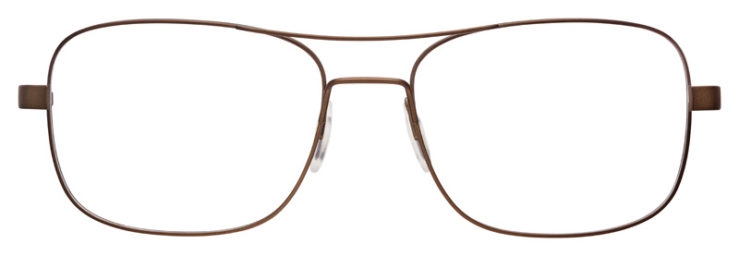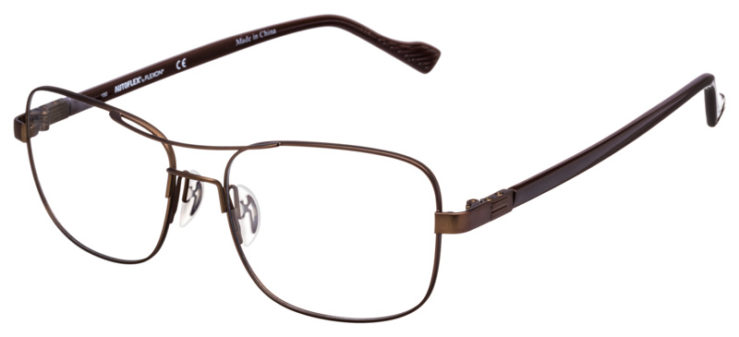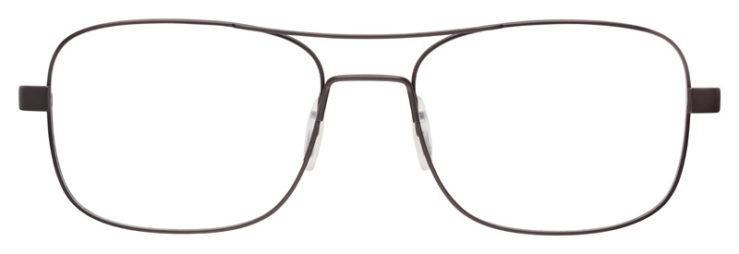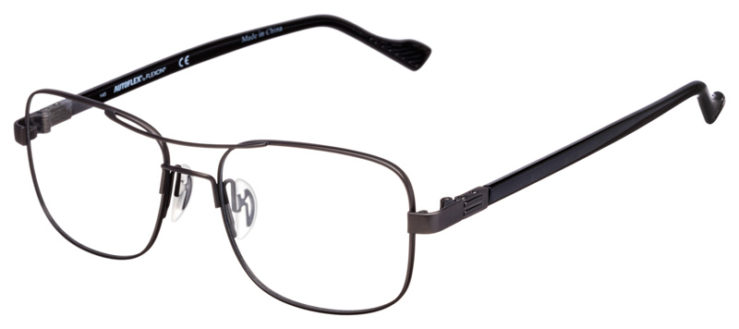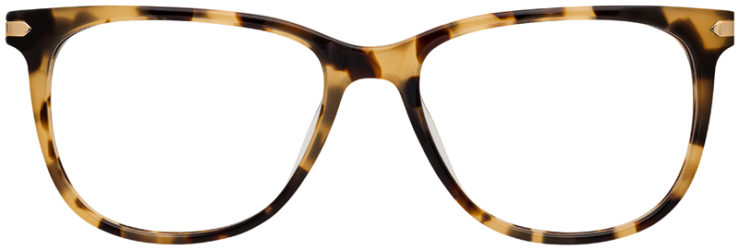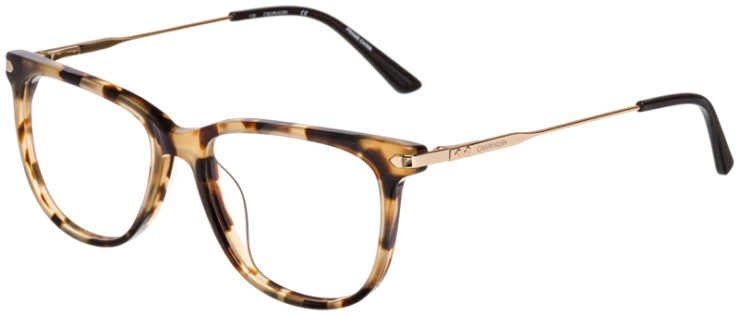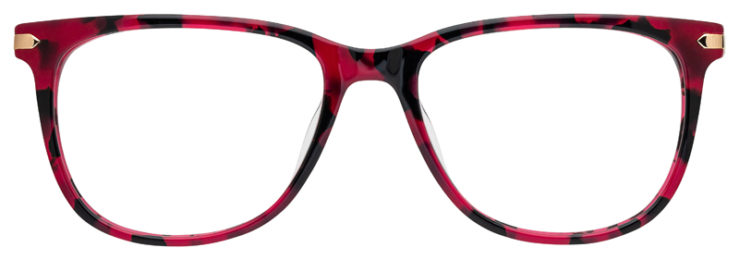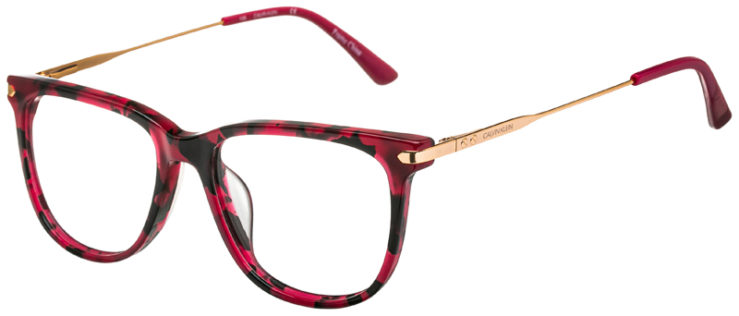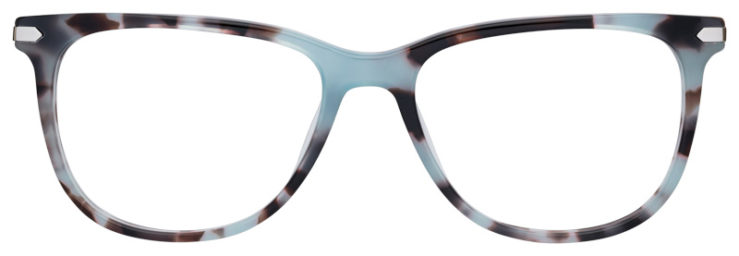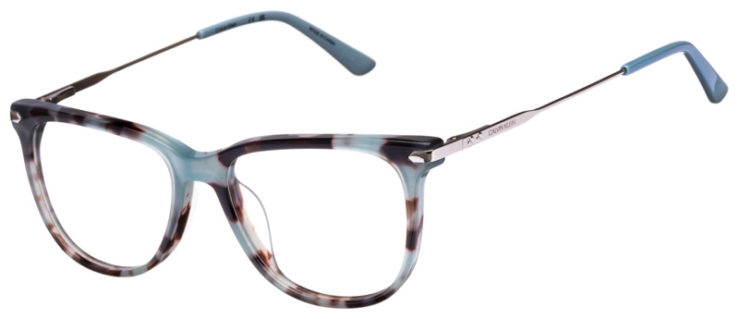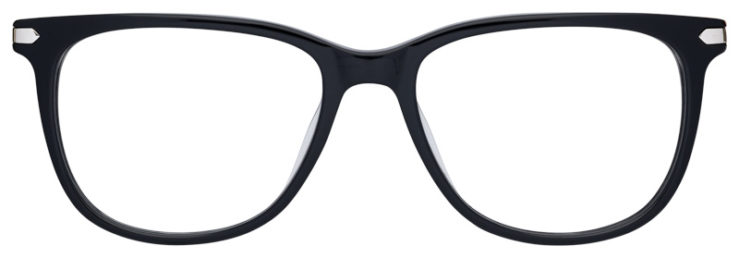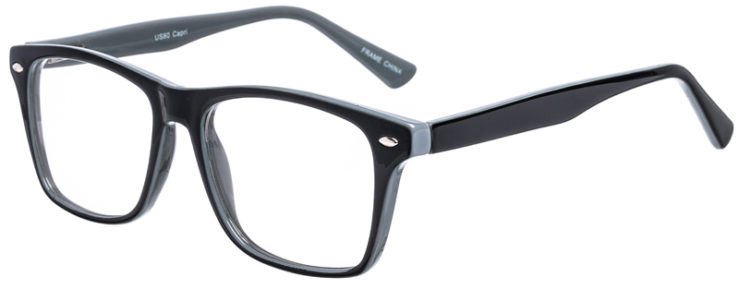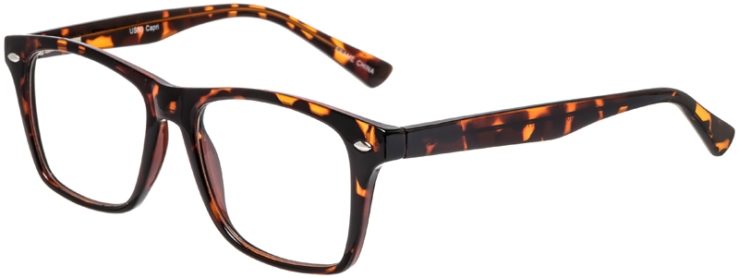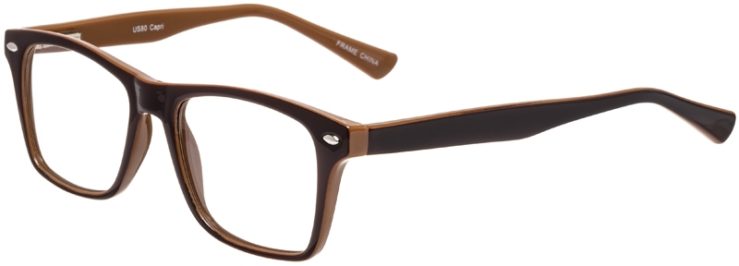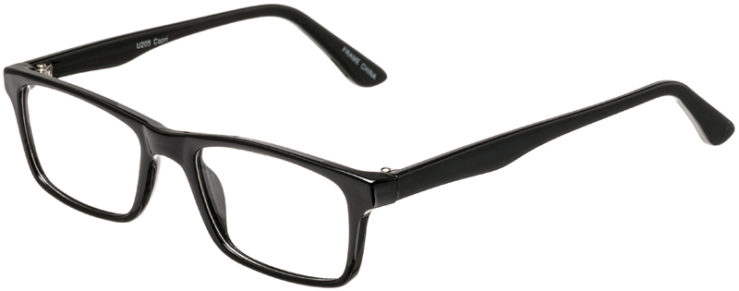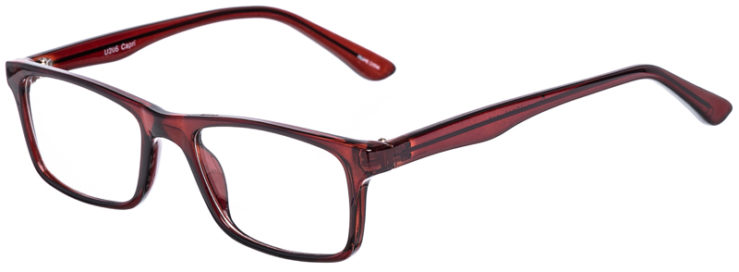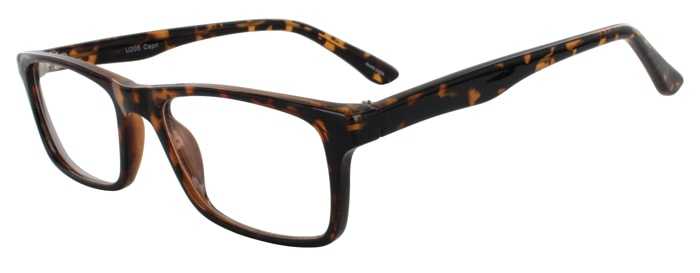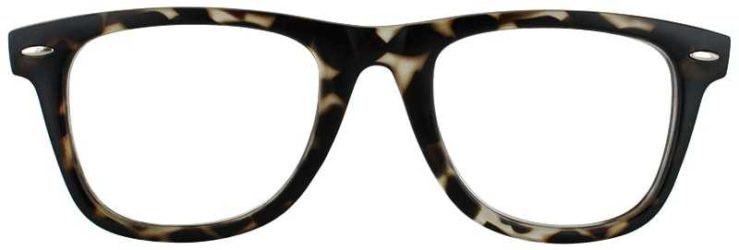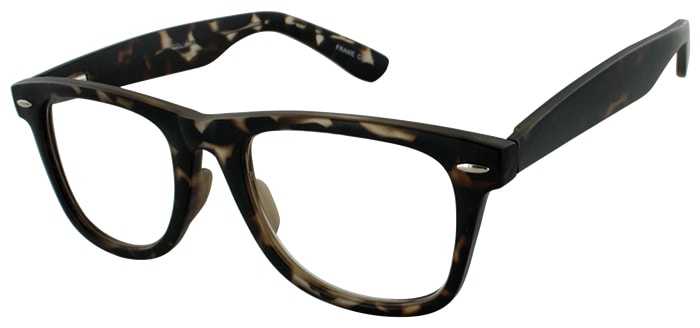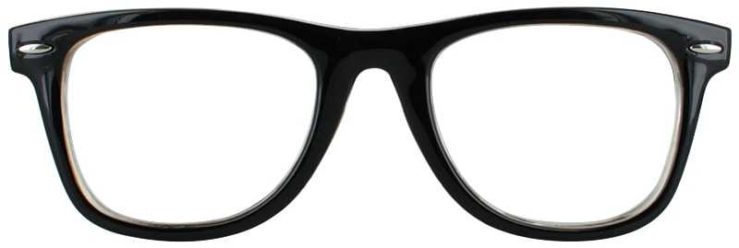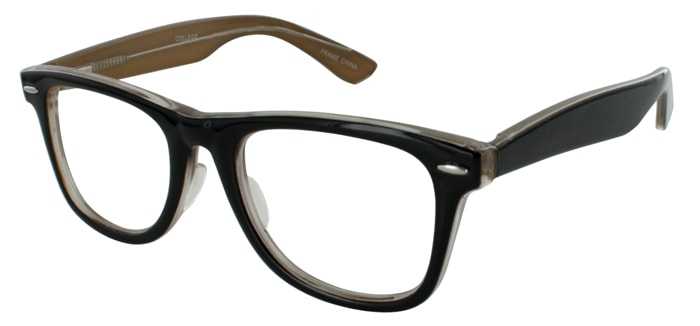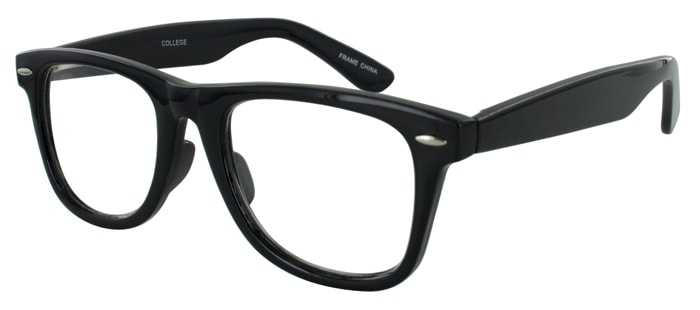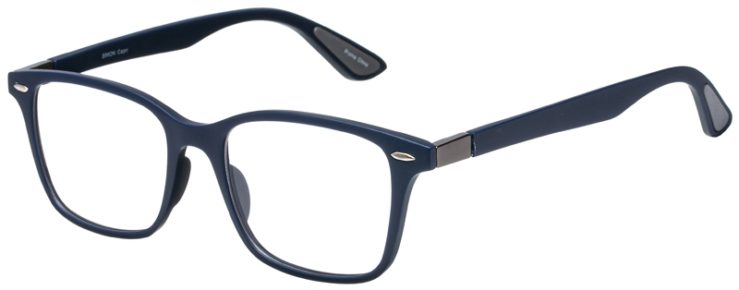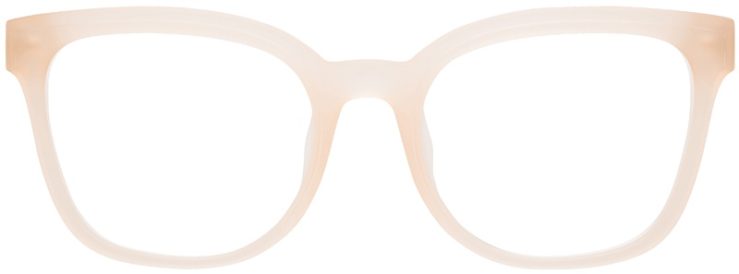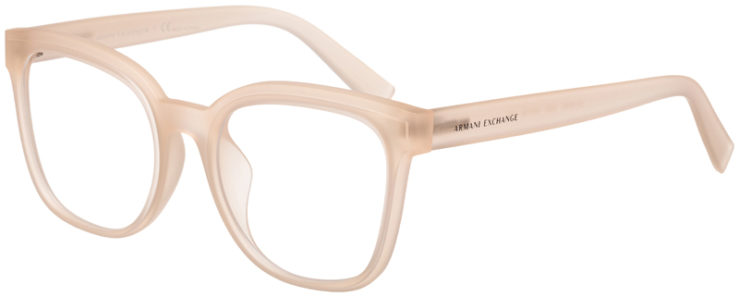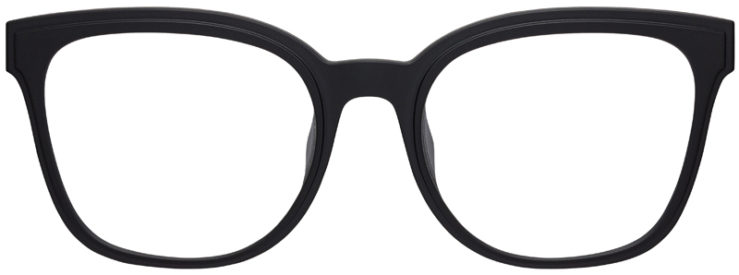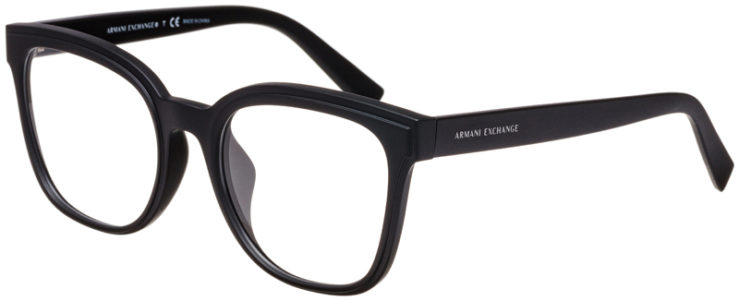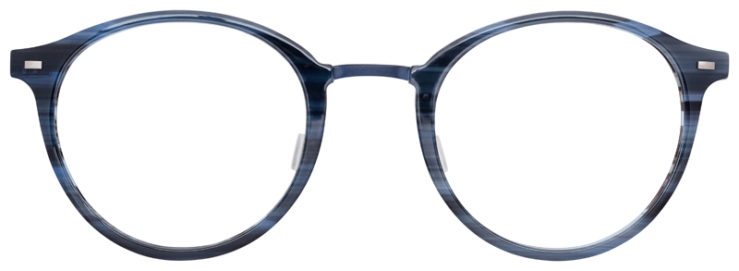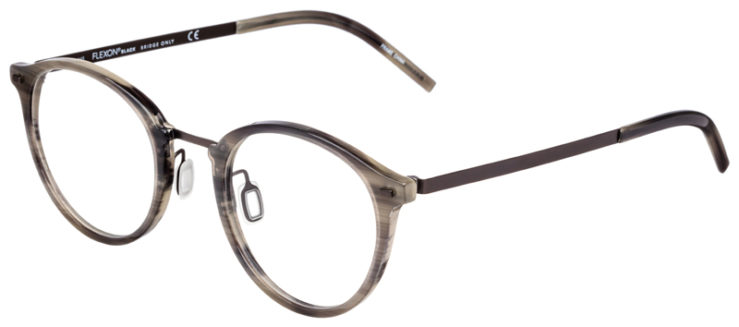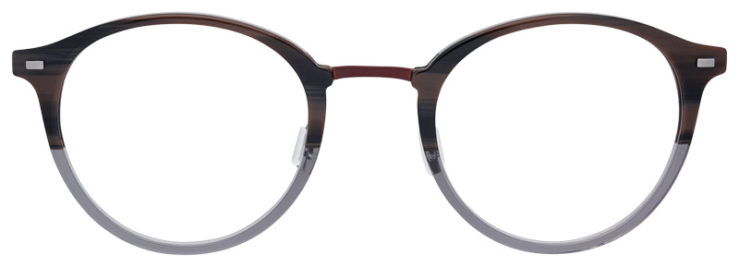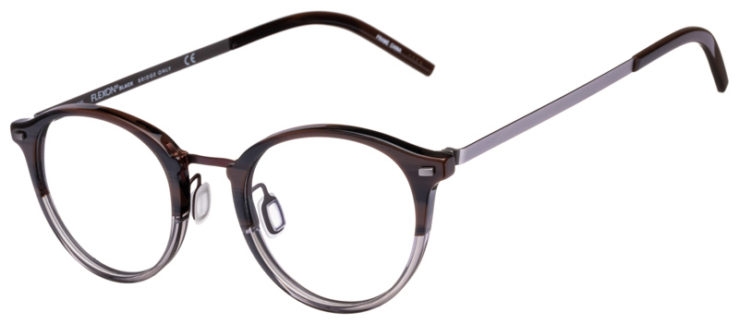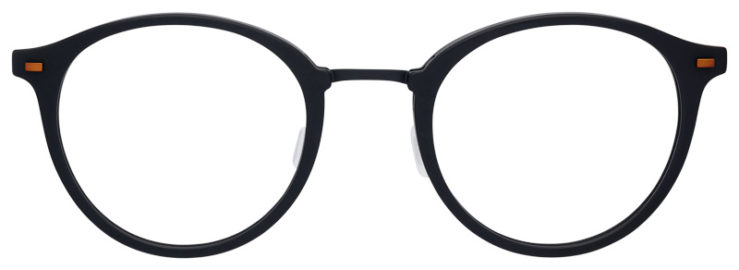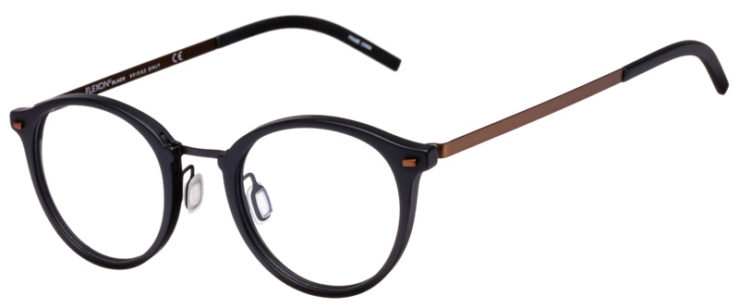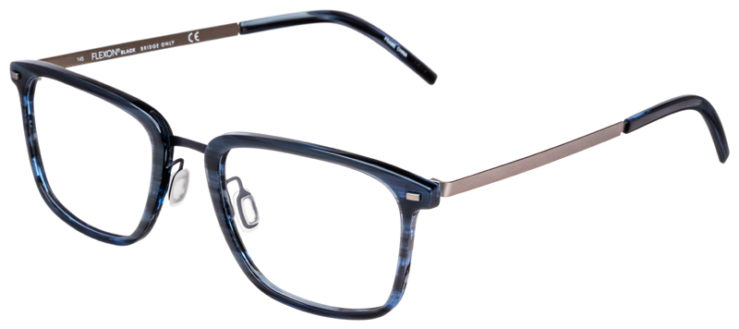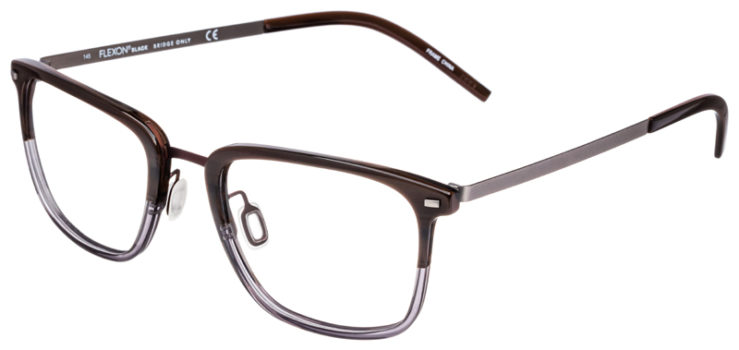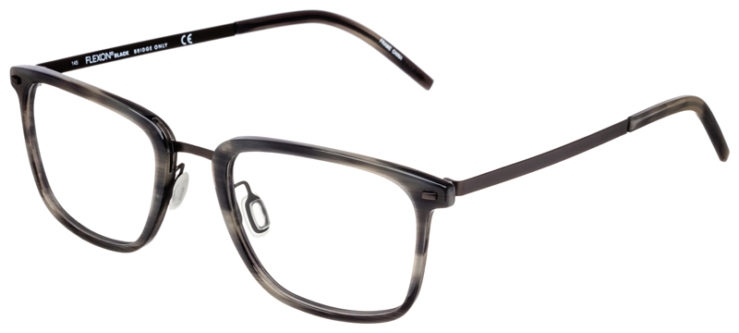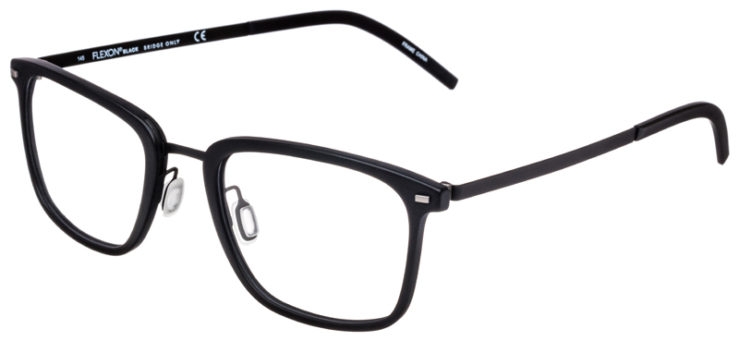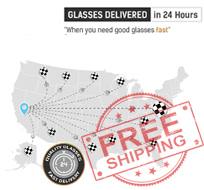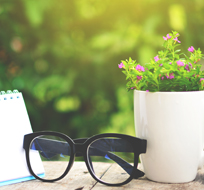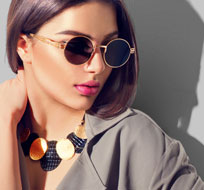
bifocal prescription glasses
Have multiple pairs of glasses for different purposes? If so, buying a pair of our bifocal glasses online could work out to be the perfect solution for you. Bifocal glasses conveniently pack two prescriptions into one lens, enabling people to have their reading glasses and "regular" glasses whenever they need them. If you're tired of having to switch between pairs, or accidentally leaving your reading glasses behind, be sure to check out our selection.
-
Sort By
-
Collection
-
Gender
-
Color
-
Brand
-
Category
-
Size
-
-
- XS
- S
- M
- L
- XL
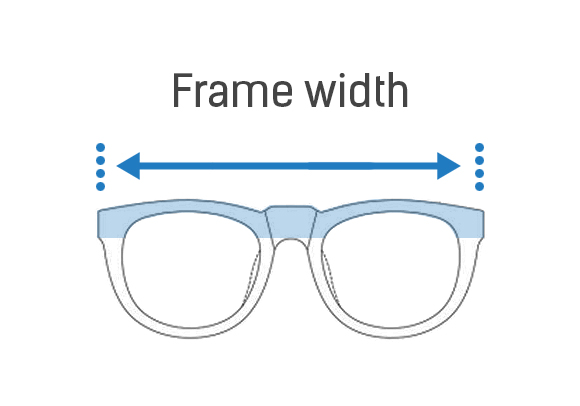 -
- -
-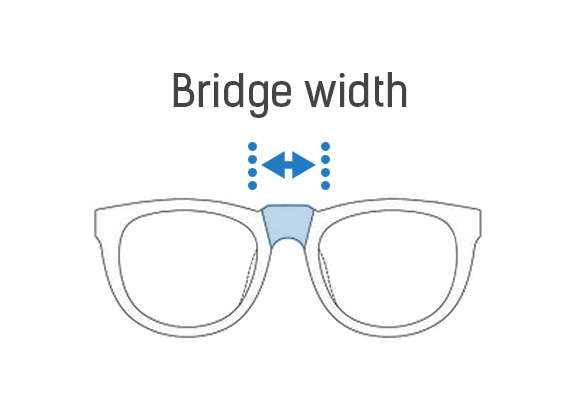 -
- -
- -
Shape
-
Style
-
Material
-
Features
-
Face Shape
Specials
How do Bifocal Glasses Work
Been thinking to yourself "how do bifocal glasses work"? You aren't alone! Bifocal eyeglasses sound a lot more complicated than they are. Like we touched on above, a bifocal prescription allows wearers to get the benefits of two pairs of glasses in one lens. The distance vision prescription, which allows the wearer to see well while looking straight ahead, typically takes up more space than the reading portion of the lens and is situated at the top. The reading portion of the lens sits below the distance prescription with the separation between prescriptions indicated by a thin line that is also called the segment. If you struggle with intermediate vision as well, diagnosed with presbyopia, or wish to hide the visible magnification segment then you should buy progressive lenses.
Types of Bifocal Lenses
This is where things get a little complicated, but we'll break it down for you so that you can move forward with buying in confidence. Make sure when you're getting your lens prescription, your eye doctor should fill you in on what type of lens you need for your bifocal prescription glasses.
Already have the frames you need and just want your bifocal lenses replaced? Be sure you check out our lens replacement service for unparalleled quality and speedy processing. If you choose our standard speed, you’ll even get free two way shipping!
Flat-Top Bifocal Lenses
On this type of lens, the segment designated to close up tasks such as reading is shaped like a capital letter D but flipped sideways. This portion sits in the middle of the bottom half of the lens, with the surrounding portion and top half of the lens designated to the distance prescription. This is the most popular type of bifocal.
Round Segment Bifocal Lenses
These are similar to flat-top bifocals, but the reading portion of the lens is instead shaped like a half-circle. The advantage to round segment bifocals is that the line separating the two lens portions tends to be less noticeable.
Ribbon Segment Bifocal Lenses
This type of bifocal has a more narrow reading segment that is shaped like a rectangle. This allows for some distance viewing capabilities toward the bottom of the lens in addition to the top portion.
Executive Bifocal Lenses
Executive bifocals are based on the original concept developed by Benjamin Franklin. The lens on this type of bifocal is split evenly between the distance prescription and the reading prescription, with the distance segment on top. While the larger reading area might seem ideal, the line between segments is much more noticeable.
FAQ
-
Is There a Difference Between Bifocal and Progressive Lenses?
There are some major differences between prescription bifocal glasses and progressive lenses. Progressives are often thought to be a step up from bifocals, as the transition between lens segments is smoother and line free. Progressives can also be made to house over three corrections if needed, while bifocals only contain two.
-
What are the Pros and Cons of Bifocal Glasses?
Bifocals are great but they aren't for everyone. Learning how to navigate the segments, and training the eyes to go to certain areas of the lens for reading can be frustrating at first. Some people feel that the lines in prescription lenses can be unflattering and add age to a person's appearance... But bifocals are cheaper than progressives, and some people find the lens line helpful.
-
How Do I Get Used To Wearing Them?
There's no one right answer to this question as everyone is different. The most important thing is to not give up right away, as once you do get used to bifocal glasses you'll love not having to lug around two separate pairs around.
-
How Long Does it Take to Adjust?
Most people state that they are fully adjusted to their bifocal lenses within a day or two, although it can sometimes happen more quickly or take longer.
-
Are Bifocals Good For Driving?
Bifocal glasses are great for driving! If you live in an area with a lot of sunshine, you might want to invest in a pair of prescription bifocal sunglasses to make seeing well while driving even easier.

